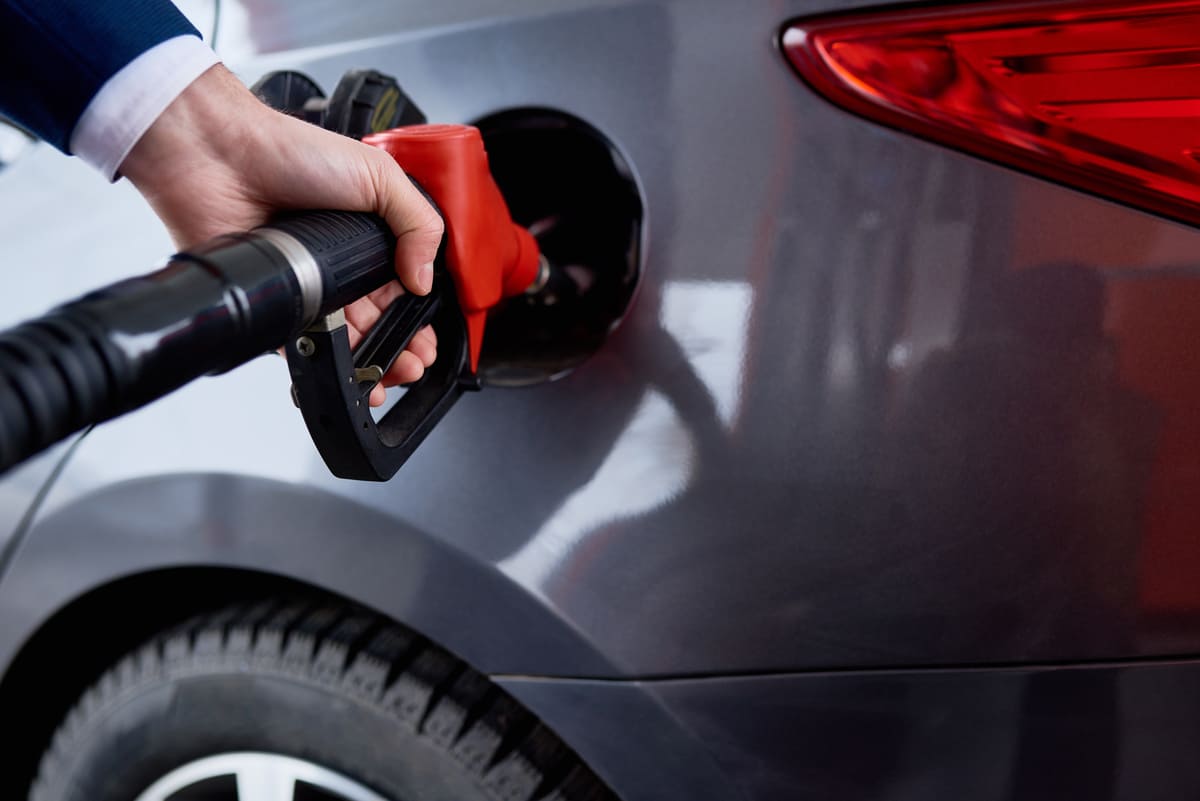Fuel tanks come in all shapes and sizes for different applications. They are made with materials that resist corrosion and are durable. Modern fuel tanks have advanced technology for , efficiency, and environmental compliance.
What is a Fuel Tank?
A fuel tank is also called a petrol tank, gas tank or gasoline tank. It’s a container that holds fuel for an engine. You find them in cars, motorcycles, airplanes and boats. They store the fuel safely until the engine needs it.
Fuel tanks come in many shapes and sizes. Their design depends on the vehicle and how much fuel it needs. Some tanks are made of metal, others are plastic.
The main function of a fuel tank is to prevent fuel from leaking. It must be strong enough to withstand pressure and rough handling. Modern fuel tanks also reduce pollution by controlling vapor emissions.
Inside the tank there’s usually a pump that sends fuel to the engine. This pump ensures a steady supply so the engine runs smoothly.
References
- Fuel tank. Wikipedia. Retrieved from
- Fuel Tank. ScienceDirect. Retrieved from
What are Various Types of Fuel Tank?
Fuel tanks come in different types for different uses. Here are some of them:
Metal Fuel Tanks
Metal fuel tanks are made of steel or aluminum. They are very strong and durable. You often find them in old cars and trucks. They are impact resistant but can rust over time.
Plastic Fuel Tanks
Plastic fuel tanks are light weight and don’t rust. They are common in modern cars. They can be molded into different shapes to fit the vehicle design. They also improve fuel efficiency.
Fuel Cells
Fuel cells store hydrogen instead of gasoline or diesel. They power electric vehicles by creating electricity through a chemical reaction. This type of tank is lighter and more efficient but requires special handling and storage.
Bladder Fuel Tanks
Bladder fuel tanks use flexible rubber or plastic bladders inside a rigid shell. They are good for aircraft and race cars. They can expand and contract with pressure changes, reducing the risk of leaks.
Auxiliary Fuel Tanks
Auxiliary fuel tanks are extra fuel storage. They are added to vehicles that need more range like RVs or long-haul trucks. They connect to the main fuel system or work independently.
Each type of fuel tank has its own purpose to make the vehicle run efficiently and safe.
References
- Fuel Tanks. Gen-Sal Energy. Retrieved from
What is the Average Capacity of a Fuel Tank?
Fuel tank capacity varies per vehicle. It’s how much fuel the tank can hold. Here are some examples:
- Vehicles: Most cars have fuel tanks that can hold 12 to 16 gallons of fuel. This can last for several hundred miles before refilling.
- Trucks and SUVs: Have bigger fuel tanks. They can hold 20 to 30 gallons. These bigger tanks are for longer trips and higher fuel consumption of bigger engines.
- Motorcycles: Motorcycle fuel tanks are smaller, 3 to 6 gallons. These tanks are for shorter trips and lighter vehicles.
- Boats: Boat fuel tanks vary. Small boats might have 6 to 20 gallons, but bigger boats have hundreds of gallons.
- Airplanes: Small private planes have 20 to 50 gallons, and commercial jets have thousands of gallons.
The fuel tank capacity varies per vehicle and purpose. Knowing this helps in trip planning and refueling needs.
References
- Fuel tank. Wikipedia. Retrieved from
- Fuel Tank Capacity in Cars. GoDigit. Retrieved from
What are the Symptoms of Water Presence in Your Fuel Tank?
Water in your fuel tank can be serious. Here are some of the common signs:
Engine Sputtering
If the engine sputters or jerks while running, there might be water in the fuel. This is because the engine can’t burn the fuel mixed with water.
Hard to Start
When there’s water in the fuel, it’s hard to start the vehicle. The engine may take longer to start or won’t start at all because it can’t ignite the fuel.
Poor Acceleration
If your vehicle doesn’t accelerate smoothly, there might be water in the fuel tank. This makes the engine lose power and hard to accelerate.
Rust in the Fuel System
Water can cause rust in the fuel system. If you see rust around the fuel cap or fuel system parts, there might be water in the tank.
Check Engine Light
The check engine light will turn on if there’s water in the fuel. Modern vehicles have sensors that detect issues in the fuel system and will alert you.
Unusual Exhaust Smoke
White smoke coming from the exhaust pipe means there’s water. Burning water in the fuel creates steam which exits through the exhaust.
Detecting these symptoms early helps prevent severe damage to your vehicle. If you notice any of these signs, check your fuel tank for water immediately.
References
- Water in the Fuel Tank of Your or Bike and Its Solution. Acko. Retrieved from
- Water in the Fuel Tank of Your Car or Bike and Its Solution. Acko. Retrieved from
- Water in Fuel Tank: Problems, Solutions, Symptoms, and Fix. DriveSpark. Retrieved from https://www.drivespark.com/off-beat/water-in-fuel-tank-problems-solutions-symptoms-fix-025292.html



